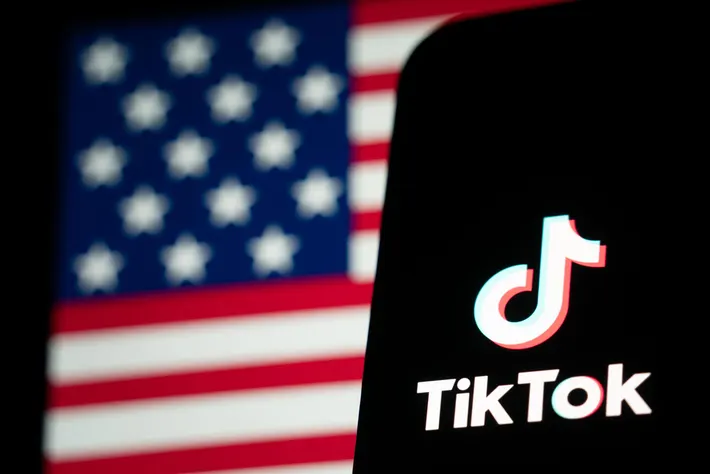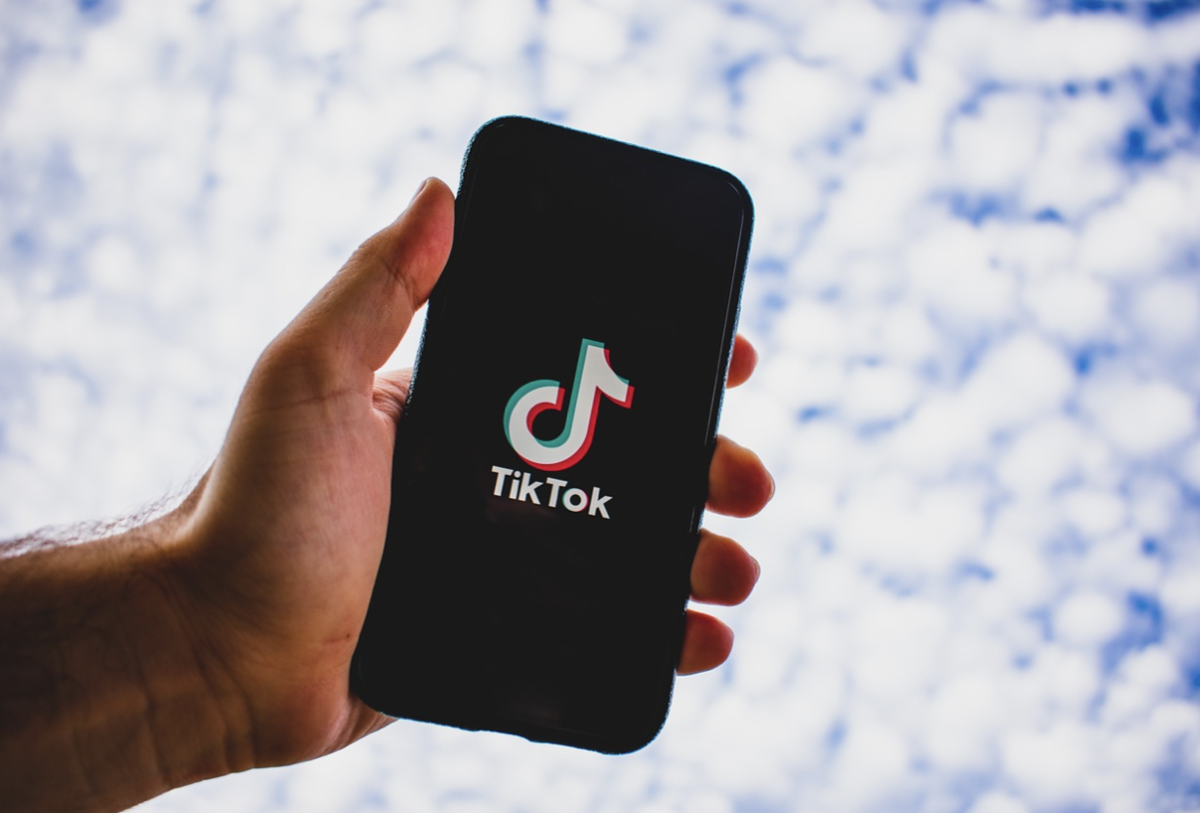TikTok has taken over the social media world, captivating millions with its endless stream of short-form videos. From viral dance trends to funny skits and life hacks, the app seems impossible to put down. But what makes TikTok so addicting? The answer lies in psychology, algorithms, and the way our brains crave entertainment.
One of the biggest reasons for TikTok’s addictive nature is its For You Page (FYP). Unlike other social media platforms that require users to actively search for content, TikTok uses a powerful algorithm that continuously curates videos based on what each user likes, shares, and watches. This personalized feed keeps users engaged for hours without realizing how much time has passed. “TikTok knows exactly what I want to see before I even know it myself,” said Faith Alam (12), “I tell myself I’ll only watch a few videos, but then an hour flies by.”
Another factor is the dopamine effect. When users scroll through TikTok, they experience small bursts of dopamine, a brain chemical linked to pleasure and reward. Since the app offers an endless supply of new videos, users continuously chase the next entertaining clip, similar to how people get hooked on gambling or video games. Fara Ebrahimi (12) says, “
”
Additionally, TikTok’s design encourages engagement. The app makes it easy to like, comment, and share, giving users instant validation and connection with others. Trends and challenges also create a sense of community, making people feel like they’re part of something bigger.
Another key factor is the app’s optional autoplay feature. Once a video ends, the next one plays immediately, removing the friction of choice. This seamless transition from one video to another eliminates natural stopping points, leading users to lose track of time.
While TikTok’s addictive nature makes it entertaining, it can also be concerning. Many users report spending more time on the app than intended, sometimes at the cost of sleep, homework, or real-life interactions. Experts recommend setting screen time limits or using the app mindfully to avoid excessive scrolling.
Tiktok’s grip on users isn’t an accident – it’s a carefully designed experience that keeps people engaged. Whether that’s a good thing or a bad thing depends on how much control users have over their screen time. For now, though, one thing is certain: TikTok isn’t going anywhere anytime soon.































